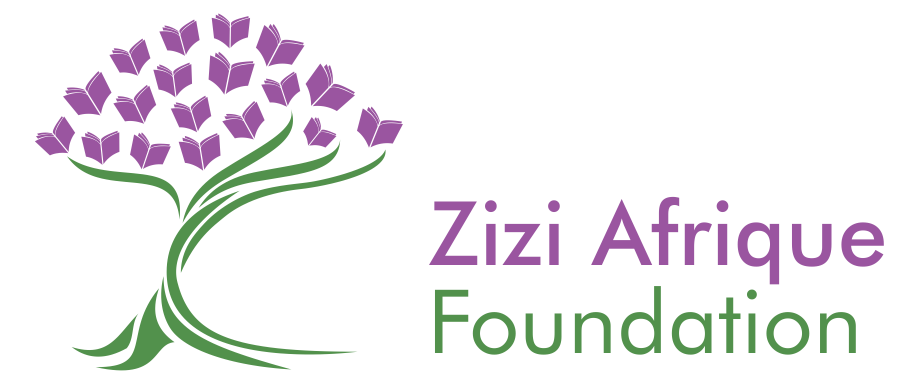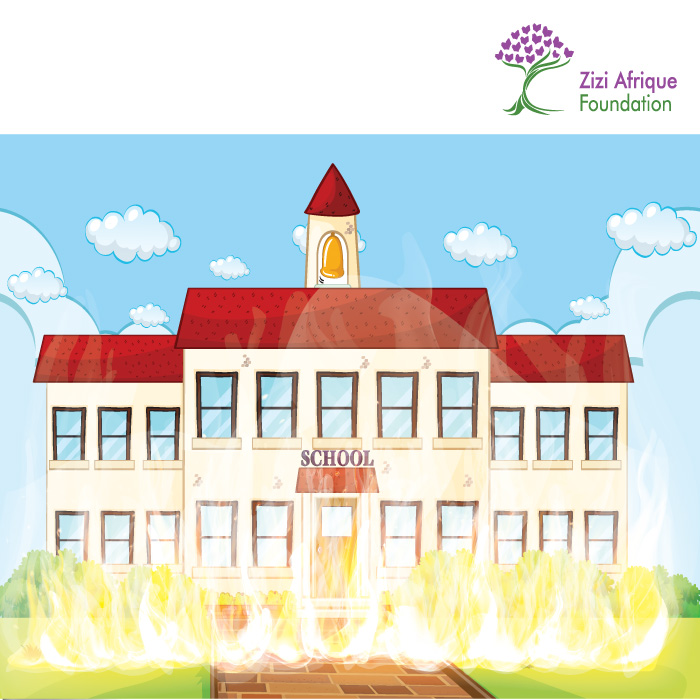Secondary schools in Kenya occasionally go on strike for various reasons making people wonder whether the reasons are legitimate. Despite the much inquiry on this subject to offer solutions, the phenomena re-occurs thus raising some important questions; for example, what are the causes of unrest? Can such behavior be treated merely as a result of pure chance? Whatever the case the criminal activity by and against learners should come to a stop. The moral decline in schools can be traced back to poor parental guidance at home (Samson & Allida, 2018). Parents, therefore, have got a responsibility to instill the right values in their children at a tender age because when they grow up they will remember and act modestly in society.
The re-opening of schools in Kenya during this period of the Covid-19 pandemic has come with challenges. Some schools have been closed indefinitely after learners went on strike and destroyed valuable property. Not once, not twice, destruction is seen in schools with the potential to produce quality graduates. It is now in the public domain how schools like Koelel, Kimulot, St. luke’s kimilili boys among others were sent home because of a strike. Some students from Kimulot were also reported to be in police custody in connection with unclear attacks at the institution. To expand the list, an incident of fire in the dormitories were reported in Kituro high school – Baringo county.
Basic learning institutions in the country should not be characterized by orgies of violence that lead to destruction of property and sometimes loss of lives. Disasters instigated by learners can slow down progress in learning and cause many deaths (Ngari & Ndung’u, 2020). To mitigate against learning loss, it is important for schools to embrace digital learning. The model has been tested and proved during this period of the pandemic which should also be applied to high schools to avoid physical meetings. It is true many young people are continually searching for ‘’who” they are, what we call self-awareness, a process characterized by wrong choices based on their personal experiences and negative peer influence.
Even though some of these strikes have been spontaneous, it is unfair to rule out the fact that some protests are legitimate. In some places, both the teachers and students have been seen to participate in protests just to eliminate administrators they are not comfortable with. In some schools, it is like a practice ingrained in their culture as was the case of Njoro boys and Githianga high school which have seen a transformation over time.
Antecedent efforts on this subject have cited causes of student unrest to include; breakdown in communication, the prefect systems, rules and regulation of an institution, the exercise of authority and power, nature of punishment, and lastly issues around examinations. Anybody can consider these as the thematic areas to guide the analysis into the root causes of strikes in secondary schools in the Kenyan context and beyond.
The wrong exercise of authority and power in learning institutions has instigated many strikes. The issue is on how learners experience the power is exercised over them. Students’ problems regarding this aspect touch on harsh, high-handed administrators who do not take time to listen to their grievances. This has led to demonstrations and destruction of school property worth millions.
The manifestation of communication breakdown includes lack of participation of learners in decision making which directly impacts their welfare; constrained communication avenues between learners, their officials, and the administration in general. All these have caused many problems in schools when learners start to feel their complaints are not well addressed by the people concerned.
What is termed as the prefect system is another cause of unrest, practices where school officials are accorded many privileges than their fellow students, and their appointment into leadership based on the administration preference. The system doubles up on giving punishment to instill order. It is based on retrogressive thinking that the administration is always right and learners are always wrong since they are inexperienced anyway. Any form of disturbance on their part is taken as an act of defiance. It is a system designed to subdue the subordinates, in this case the students, which makes their lives unbearable. They experience fear and anxiety for being governed by people imposed upon them thus jeopardizing their welfare. This perception could be an obstacle that must be addressed to enhance their continued pursuit of self-awareness.
School rules and regulations sometimes can be oppressive, strict, and tough on some students. Many of them would protest against rules that do not make sense to them. There is an apparent lack of understanding of the importance of rules by learners who will always protest for freedom. It is high time students understand not only what the school rules require of them but also the benefits attached to the adherence to the rules.
Unrest is also linked to the kind of punishment subjected to students. Some are considered unjustified and harsh leading to incidences where they harm their innocent teachers. The misuse of corporal punishment in schools has had negative impacts on the learners ranging from physical to emotional disturbance (Kambuga, Manyengo & Mbalamula, 2018). Many schools in the past and now have protested against corporal punishments which according to teachers were aimed at instilling discipline in them.
The Kenyan system of education is characterized by final examinations that play a major role in shaping the future of learners. Ideally, exams should not be used to determine the lives of candidates. With the current pandemic and long stay at home, it is expected that a lot of damage was caused to students through learning loss. Some students will therefore resort to a defensive mechanism by causing chaos in schools just to be given more time to prepare for examinations. All these dynamics put together can be addressed by empowering learners through a conscientization process aimed at getting students to realize that their actions are oppressive and should be avoided if they truly advocate for liberation and self-realization.
Writer-David Alelah, is a programme officer at Zizi Afrique Foundation. For feedback, send an email to info@ziziafrique.org
References
Kambuga, Y. M., Manyengo, P. R., & Mbalamula, Y. S. (2018). Corporal punishment as a strategic reprimand used by teachers to curb students’ misbehaviors in secondary schools: Tanzanian case. International Journal of Education and Research, 6(4), 183-194.
Ngari, F. S. M., & Ndung’u, S. W. (2020). Disaster Management Preparedness in the Education Sector in Kenya–A Case of the COVID-19 Pandemic. Editon Consortium Journal of Educational Management and Leadership, 1(1), 86-96.
Samson, B., & Allida, V. (2018). Moral Decline in Schools: Reflections on Public Secondary Schools in Iganda District, Uganda. Baraton Interdisciplinary Research Journal, 8, 1-9.


